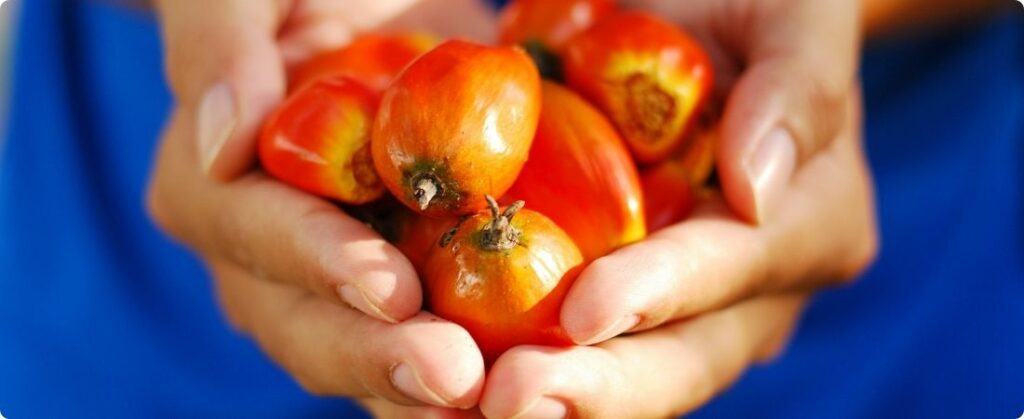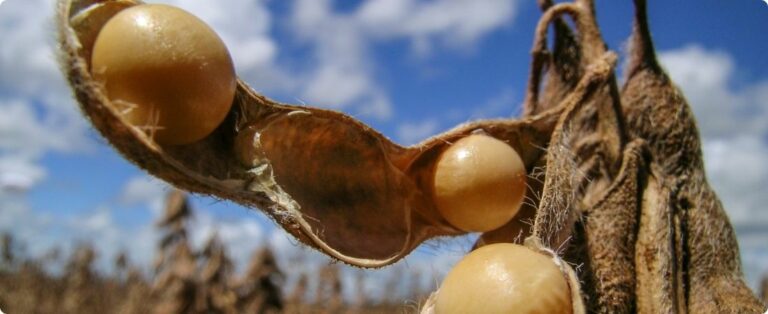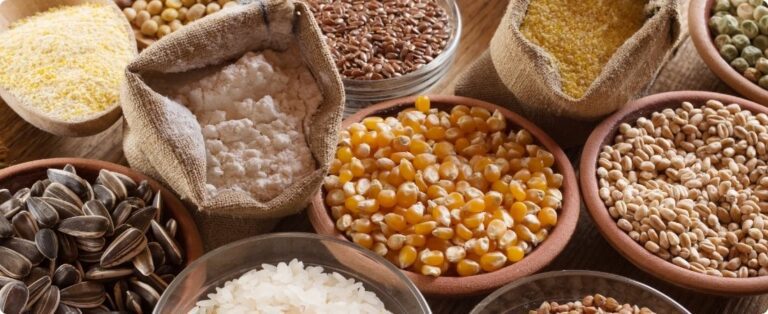
The sector of Palm oil Indonesian farmers and farmers' groups on Wednesday called on the Indonesian government to reduce export costs to offset the impact of market distortion caused by the US's reciprocal tariffs of 32% on Indonesian exports.
Small-scale palm farmers’ group SPKS has called on the government to lower export costs. The request includes removing a current tax and duty. According to the group, the US tariff could result in a drop of up to 3% in the price farmers pay for fresh palm fruit bunches.
SPKS estimated that President Trump's tariffs will distort demand for CPO (crude palm oil) and palm oil products, the group's chairman Sabarudin said in a statement.
Furthermore, he added that the fall in prices at the farmer level could be offset by reducing the export tax and duty to 0% in order to help stabilize palm fruit prices. Currently, Indonesia charges a total of US$196 per tonne of export tax and duty on crude palm oil shipments.
Meanwhile, on Tuesday, Indonesia had already announced that it would adjust its export tax on palm oil, which officials said should reduce the burden of US tariffs on exporters “by an equivalent of 5%”.
Industry reactions and comparisons with Malaysia
While SPKS has insisted on cutting costs to zero, Indonesia’s largest palm oil group, GAPKI, said it was waiting. They wanted to see what impact the cost reduction would have, according to the group’s chairman, Eddy Martono.
He said domestic market obligations, tax and export duty on palm oil currently increase costs for Indonesian exporters. These charges amount to US$$221 per tonne.
This in turn compares to an estimated export cost of US$$140 per tonne currently borne by rival Malaysian exporters.
Following the US tariffs, GAPKI said it has proposed a cost reduction of US$$100 per tonne. The measure would apply specifically to shipments destined for the United States. The aim is to maintain competitiveness against Malaysian exports.
“If it is still not competitive, we will talk to the government… We are not asking this for all export markets, just for this country,” Martono said.
The US currently represents Indonesia’s fourth largest export market for palm oil. In 2023, it accounted for approximately 7% of the total export volume. In addition, it also accounted for approximately 7% of the country’s export revenue.
Source: Bernadette Christina | Notícias Agrícolas















